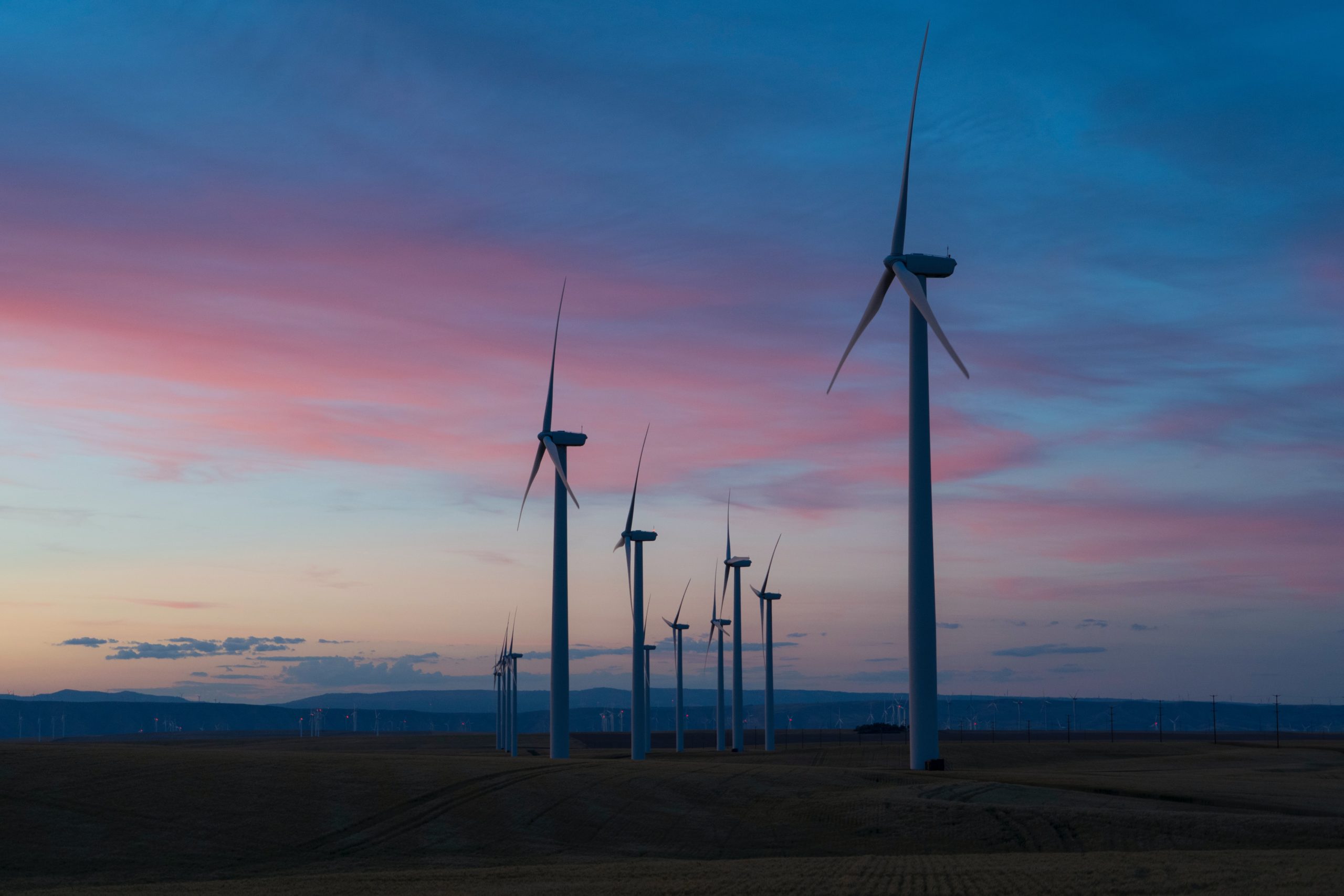Are zero-emission buses the future for public transit agencies?
Each year, according to the Department of Transportation, the transportation sector represents 27% of total greenhouse gas emissions. With public transit, in particular buses as part of that, it makes sense why there is a push for zero-emission buses.
Equivalent to taking 27 cars off the road, according to the same DOT report, every zero-emission bus can eliminate 1,690 tons of CO2 over a period of 12 years.
Seen as an effective way for cities to reduce their carbon footprint, the future for most public transit agencies is in zero-emission buses (ZEB), which we will dive into today.
A Zero Emission Bus Fleet
Reducing the carbon footprint of a city will take a full-scale initiative designed to curb emissions from traffic, buildings, and public transit vehicles.
More and more cities are introducing zero-emission buses to their fleets with either hydrogen or electric buses which are viewed as cleaner, quieter, and more efficient. However, preparing your city for zero-emission buses means figuring out a few things, including:
- Working with your electric companies
- Managing upfront expenses (but saving on fuel in the long run)
- Electric grid and electric costs (how is electricity billed)
- Preparing facilities for charging
- Efficient routing and transit priority measures
For more information regarding factors to consider for introducing zero-emission buses to your city’s fleet, use this APTA resource.
What do Zero Emission Bus Technologies look like?
Right now, ZEBs are going to cost cities and transit agencies approximately 25% more than their diesel counterpart. Though a zero-emission transit bus purchase may require more money upfront, the upside is the savings on rising fuel costs.
With predictions of prices evening out over the next few years, most transit agencies are faced with a few questions, in addition, the factors from above include:
- What types of buses should you purchase?
- How can you infuse cloud technology to increase efficiency?
Battery-Electric Buses
Right now less than 1% of the public buses that are on the road are electric buses, but the aim is that by 2040 67% are electric. However, after considering the factors for embracing electric buses, the pros to moving to an electric bus fleet include:
- Electric buses are more expensive but save money over the lifespan of 12 years
- Minimal maintenance compared to diesel buses
- Eco-friendly and quieter
- No need for smog testing, transmission maintenance, oil changes
Hydrogen Buses
Hydrogen fuel cell buses are electric buses in that they are powered by an electric powertrain. Fuel cells convert the chemical energy hydrogen into electric energy used to power buses.
Considered a zero-emission bus (ZEB), a hydrogen bus produces zero tailpipe emissions. Considered to offer a wider range and more dense energy when compared to electric buses, hydrogen buses have a downside in that hydrogen energy is viewed as expensive.
Hydrogen buses have to store the hydrogen (usually in tanks located on the roof of a bus) and some publications view hydrogen as less safe compared to an electric bus. However, transit agencies are using and considering hydrogen buses because of their zero-emission capabilities.
Leveraging Transit Priority
A zero-emission bus fleet combined with transit priority is the way cities not only become smarter, but cleaner, greener, and even safer.
Transit priority moves transit vehicles through congested intersections faster and safer with the use of automation, preferred signal status, queue jumps, and more. Outfitting and equipping newly acquired electric buses with the ability to harness cloud-based technology will further promote better results and a greener future.
To learn more about LYT.transit, inquire about a demo here.




1 Comment